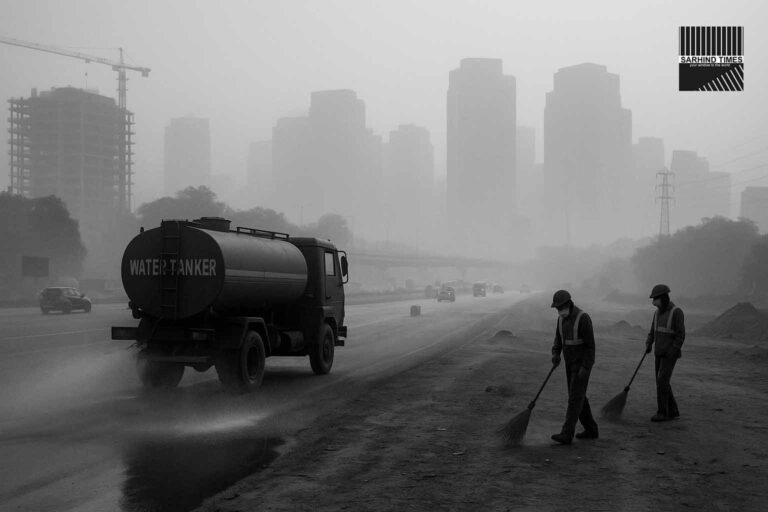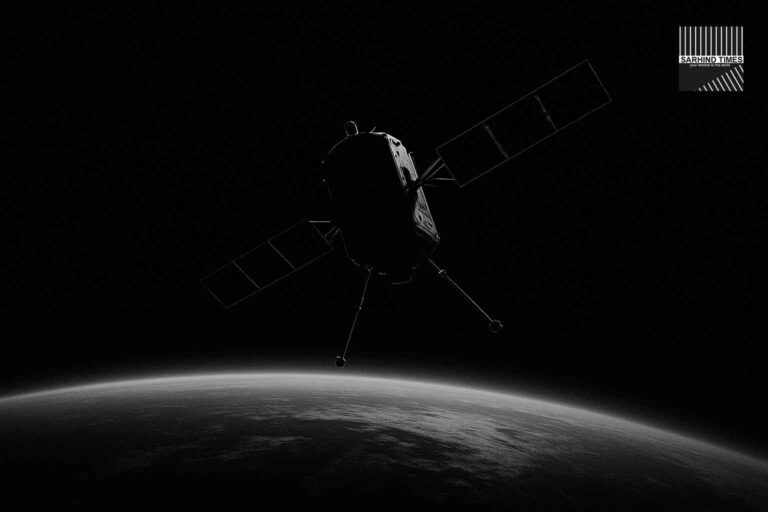Gurgaon, July 2, 2024 — Haryana experienced its driest June in at least five years, with the state receiving a meager 29.3mm of rainfall, marking a 46% deficit from the normal precipitation levels. The India Meteorological Department (IMD) reported that this drastic reduction in rainfall, exacerbated by the El Nino weather phenomenon, poses significant concerns for the region’s agricultural sector and water resources.
Record Low Rainfall and High Temperatures
Throughout June, Haryana endured scant rainfall coupled with temperatures often exceeding 40 degrees Celsius. This year’s rainfall fell drastically short of the state’s normal June precipitation of 54.7mm. In stark contrast, June 2023 recorded surplus rainfall of 80.7mm due to multiple spells of pre-monsoon showers.
IMD data indicated that the last significant rainfall deficit in June was recorded in 2022 with 36mm. Rainfall levels in June 2020 and 2021 were nearly normal. An IMD scientist attributed this year’s harsh conditions to the El Nino weather pattern, which typically brings above-average surface temperatures in the Pacific and reduced rainfall in South Asia. However, El Nino is expected to wane post-June, and IMD forecasts a neutral monsoon season devoid of El Nino or La Nina influences.
Impact on Agriculture and Water Resources
Experts have expressed grave concerns about the below-normal rainfall’s potential impact on Haryana’s critical summer crops, including paddy, cotton, and sugarcane. Reduced rainfall during this crucial period could result in diminished crop yields, threatening food security and farmer livelihoods.
Anjal Prakash, a lead author of the latest Intergovernmental Panel on Climate Change (IPCC) report, highlighted the potential for increased water scarcity to escalate irrigation demands, further straining the already vulnerable agricultural sector. “Proactive measures such as water conservation strategies and crop diversification will be essential to mitigate the potential impact of this weather phenomenon on Haryana’s agricultural productivity,” Prakash emphasized.
Dr. Indu K Murthy, sector head for climate, environment, and sustainability at the Center for Study of Science, Technology, and Policy (CSTEP), noted the increasing erratic nature of weather patterns. “Climate change influences precipitation patterns in complex ways. A shift in seasonality is one such disruption, wherein the timing and distribution of precipitation during a year are altered. Under a changing climate, an increase in the frequency and magnitude of extreme weather events, such as heavy rainfall, cyclones, and droughts, is observed. This is likely to worsen in the coming decades, with adverse implications for climate-sensitive sectors such as agriculture,” Dr. Murthy stated.
Regional Variations in Rainfall
Rainfall patterns across Haryana’s districts varied significantly. In Ambala, Chandigarh, and Panchkula, June showers were 90% below the normal levels. Conversely, Nuh, Gurgaon, Faridabad, and Panipat recorded excess rainfall due to a sudden deluge on June 28.
As Haryana grapples with the challenges posed by the driest June in recent years, authorities and experts are calling for immediate and long-term measures to address the impacts on agriculture and water resources. The state must focus on enhancing water management practices, adopting climate-resilient agricultural methods, and preparing for future climate-related disruptions.
For more updates on this story and other news, visit Sarhind Times.

























+ There are no comments
Add yours